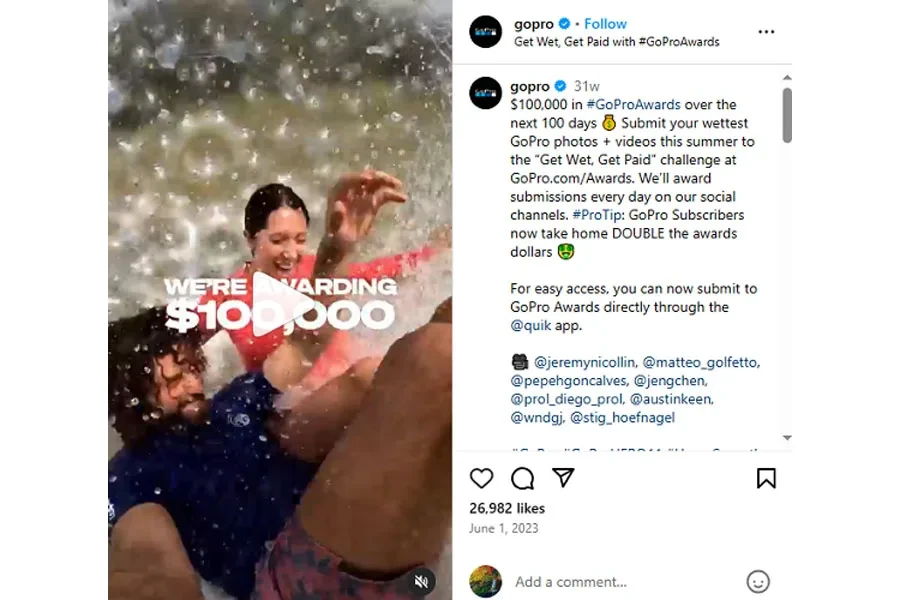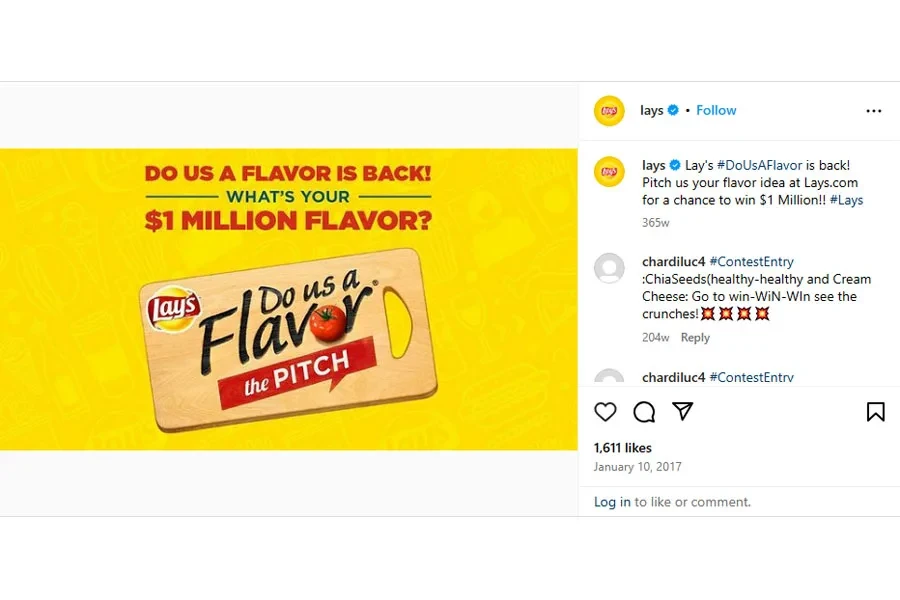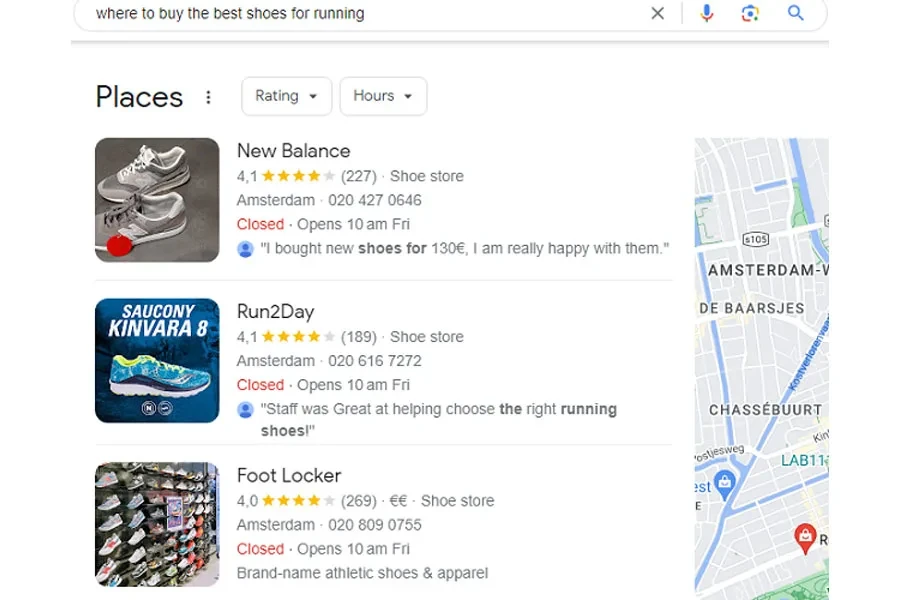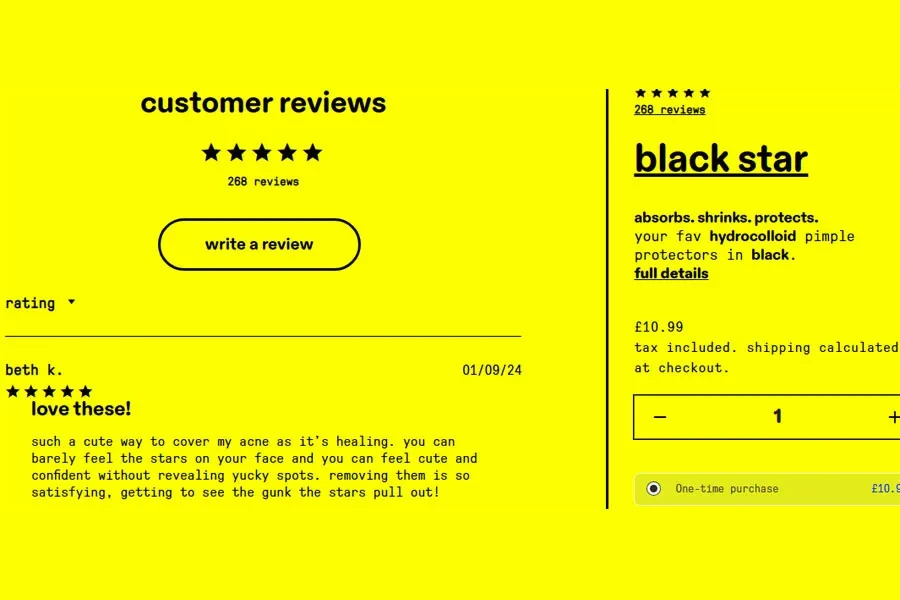A user-generated content (UGC) strategy allows loyal fans, existing customers, and brand advocates to share their experiences with your brand in different formats such as photos, videos, and written testimonials.
The generated content provides your brand with marketing material you can use to boost awareness, increase revenue, retain customers and acquire new ones.
Unlike influencer marketing, which leverages paid influencers or celebrities for marketing, UGC is customer-driven with a more significant impact on shopping experiences.
This state of user-generated content report shows that 83% of consumers will buy from brands sharing real customer content, making it an excellent brand marketing strategy.
So, how do you use UGC to influence your ecommerce business? Here, we’ll discuss tips, strategies, and real-life examples of brands crushing their revenue with ecommerce UGC campaigns.
Table of Contents
● Tips to collect UGC for your ecommerce brand
● 5 ways to leverage UGC in your business
● Summary
Tips to collect UGC for your ecommerce brand
UGC helps your ecommerce site develop a sense of authenticity and build trust among your target audience. By featuring non-branded visuals in your marketing campaigns, you tell potential customers your products are tested and trusted — here’s proof.
Here’s how you can collect UGC for ecommerce:
Run UGC contests
SinceUGC thrives on the participation and creativity of your customers, invite them to share their experiences.
The campaign you want to run will determine the kind of content to generate/collect. It could be a contest encouraging customers to submit product ideas, drop testimonials, or use your products for creative projects.
Whichever way, the content should be valuable to your marketing efforts.
A great example is GoPro, a company that manufactures action cameras. It created a UGC campaign— the #GoProAwards to showcase its products uniquely. This contest rewards winners with a cash prize of $100,000 for the wettest GoPro photos and videos of the summer.

This authentic content is free advertising because it appeals to GoPro’s target audience, mostly adventure enthusiasts. Furthermore, the rewards, discounts, or exclusive merchandise will motivate customers to share their UGC.
Offering a prize worth the effort is essential to increase your chances of success. If your prize isn’t appealing or exciting, you might experience lower involvement or low-quality content, rendering the whole idea moot.
Ask for customer feedback
Send emails requesting reviews from customers immediately after purchase and product delivery. However, if you offer physical products that require delivery, wait for buyers to receive them before asking for reviews.
Include feedback links to review forms within these emails to simplify the process, driving more frequent responses. You may also offer discounts or coupons in exchange for reviews to maintain steady participation over time.
Keep an eye out for brand mentions on social media
You gain significant credibility for your business through brand mentions from customers, creators, and other brands on social media.
You can find and monitor conversations about your brand with social media management and tracking tools like Mention, Buzzsumo, and Sprout Social.
Mention, for instance, provides live updates on social media, forums, blogs, and other sources so you can monitor conversations about your business and identify opportunities. The tool also allows you to compare your brand with competitors for factors such as share of sentiment, voice, influence, and reach.
As a result, you will be able to identify trends and make smarter marketing decisions.
Prompt customers to share video or picture reviews on your website
Incentivize existing customers to share photo and video reviews on your site. You can offer them loyalty points, or a chance to win a coupon.
Also, you can encourage customers to post reviews by acknowledging and responding to them. This will strengthen your relationship with them and make your brand more authentic. These reviews will engage visitors and push them further into the sales funnel.
Alibaba.com, an ecommerce platform, encourages photo and video reviews on its platform so vendors can use it to promote their products.

You should also encourage customers to share product reviews on their social media if that’s more convenient. Use social media aggregators like TINT or Taggbox to collect UGC from various social media platforms. This makes it easy to display and manage UGC on your site.
These tools allow you to filter UGC based on specific keywords, social media accounts, or hashtags to make collation easier.
5 ways to leverage UGC in your business
To help spark excitement, here are five ways to leverage UGC for eCommerce and practical examples to inspire your next campaign.
1. Run hashtag campaigns to drive visibility
A hashtag campaign allows your target audience to find you and to join the conversation. Start a social cause your audience cares about or ask them about your products to get started.
For example, Lay’s, a food company, asked for customers’ opinions about the flavor of the new potato chips they should produce. Its #DoUsAFlavor campaign offered customers a chance to win one million dollars for the best idea.

You don’t need a million dollars like Lay’s.
Offer other incentives like free products, discounts, or free shipping. In one campaign, you can discover your customers’ desires, generate brand awareness, and have a ready market for new products.
2. Display UGC on your homepage
It’s just as essential to display user-generated content as it is to collect it. Your homepage should feature comments, videos, or testimonials that bolster the efficacy of your products. Including them on your homepage will reassure hesitant visitors that your products are authentic.
Illuminate, a company that produces motion-sensor lights, displayed testimonials on its homepage.

The testimonial could strike a chord in hesitant buyers and motivate them to purchase.
Similarly, using images and videos on your homepage gives first-time visitors a real-life idea of how your products work and increases their chances of converting.
3. Use UGC to improve your visibility on search engines
As well as providing keyword-rich content, reviews and ratings contribute social proof. This boosts your credibility and impacts your site’s ranking by increasing click-through rates and engagement.
For example, if you search for “Where to buy the best shoes for running” on Google, the top results are store locations with the best Google ratings.

In the same vein, if you sell clothes and have a UGC hub on your site, you could have categories such as “Summer wears” and “Autumn looks.” The items in these categories have a good chance of ranking on Google because each has a unique URL, allowing search engines to crawl and index each item separately.
On the occasion when one of the categories is driving traffic and engagements, Google will see that as authentic social proof, which could also influence your ecommerce site’s ranking.
In a nutshell, the more SEO-optimized your website UGC content is, the higher your chances of brand visibility on Google.
4. Feature reviews on your product page
The product page is the last page a potential buyer sees before deciding to buy your product. Include reviews there too. Who knows? It might be the last push that persuades them to buy.
Starface, a skincare brand, included reviews on its product page;

Starface also included photos with links to Instagram and TikTok creators who reviewed their products. This could also motivate potential buyers to make a purchase.
5. Add UGC to your email campaigns
Email marketing is an effective way to establish a relationship with your audience and drive conversions. However, low open rates, high unsubscribe rates, and spam filters can be a stumbling block to a successful email marketing strategy.
Ecommerce UGC can help you overcome these difficulties by providing authenticity, value, and variety in your emails.
Once you’ve gathered enough UGC, decide how to use it. For instance, you can use it in the form of reviews and testimonials in welcome emails, promotional, or cart abandonment emails.
You can also use it to inspire or educate your subscribers in newsletters, content marketing emails, or seasonal emails.
Athletic Brewing, a company that produces non-alcoholic beer, shared inspiring stories from its customers.

Moreover, you can use UGC to celebrate customers and their achievements by telling their stories. This will help you strengthen your relationship with them.
Ensure the UGC matches your brand identity, style, and tone and aligns with your email campaign’s goals.
Lastly, use tools like Hubspot and Mailchimp to help monitor and analyze the performance. Perform A/B tests of different types of UGC in your emails to see what works.
Summary
User-generated content is social proof that could nudge potential customers to complete their purchase journey. Moreover, if customers talk about your products, it humanizes your brand and encourages your target audience to interact with you. This provides an opportunity to turn them into paying customers.
The effort it requires to run UGC campaigns is small compared to the result you can get from it. Use these tips to boost your marketing campaigns today.




